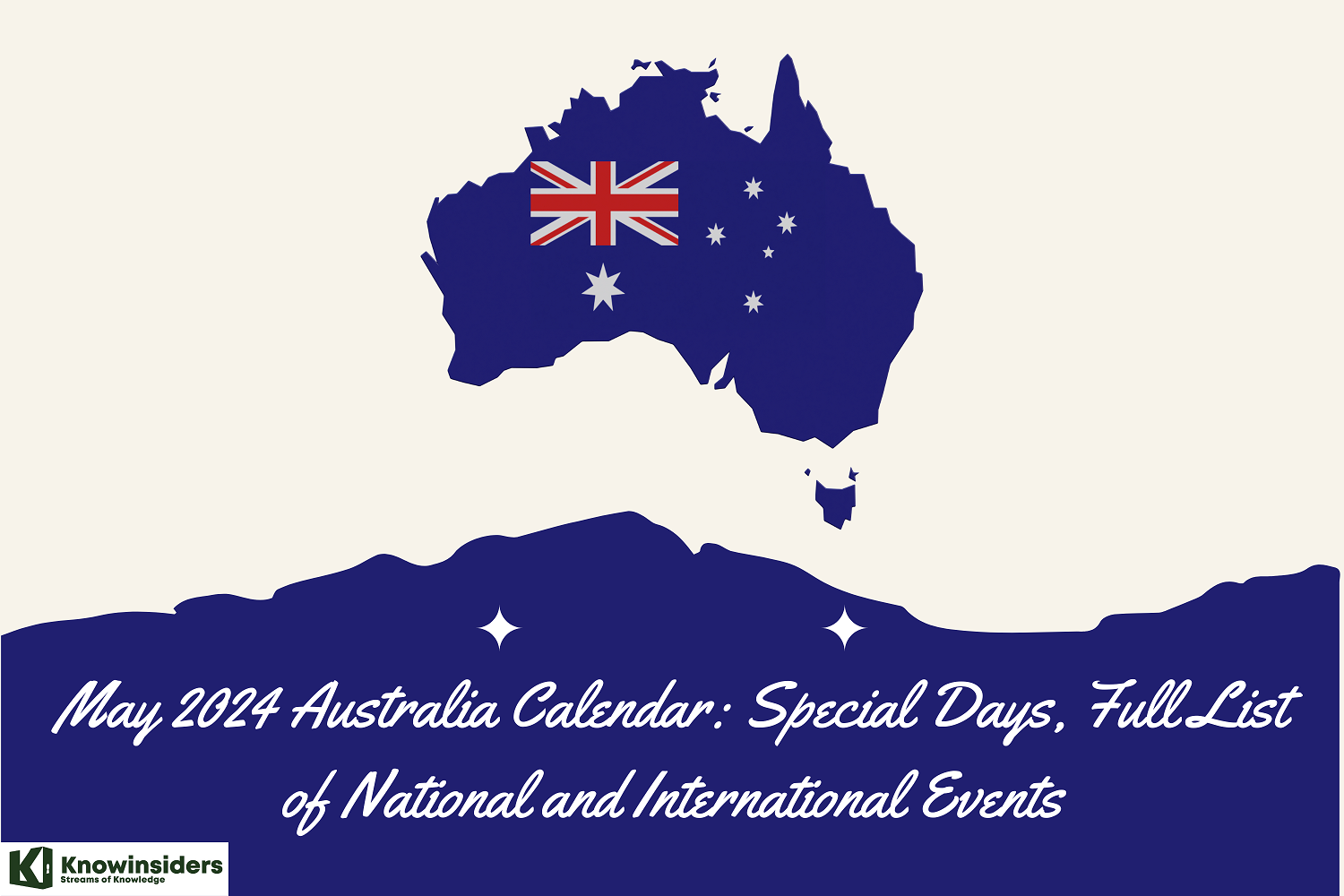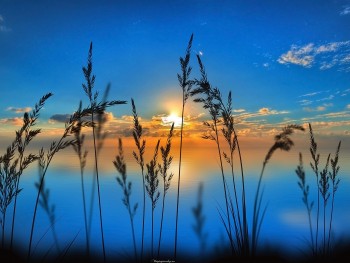What Is the Summer Solstice - the Longest Day of the Year: Facts and Celebrations?
| Table of Contents |
Historically, the summer solstice has been a vital part of cultural rituals and celebrations around the world. Many ancient societies, such as the Druids at Stonehenge and the Incas with Inti Raymi, recognized the solstice as a spiritually significant time. It was often associated with fertility, harvests, and the blessings of nature. Today, these traditions continue with modern festivities that maintain cultural heritage and bring communities together.
In agricultural terms, the summer solstice marks a key point in the growing season. The long daylight hours around the solstice are crucial for the growth of crops, which depend on sunlight to thrive and produce yields. Historically, it was a signal for farmers to start the second planting of crops and to prepare for upcoming harvests.
In many cultures, the summer solstice is seen as a time of renewal and new beginnings. It’s a time to reflect on personal growth and to cleanse one's life of negative influences. Many rituals from different cultures focus on the theme of purifying, healing, and preparing for new phases.
The solstice also serves as a moment to reflect on our connection to the natural world and the importance of preserving it. Environmental organizations often use this day to promote awareness about sustainable practices and the impact of human activities on the planet.
In essence, the summer solstice is much more than just the longest day of the year; it is a day rich with historical, cultural, and natural significance that continues to be celebrated and revered across the globe.
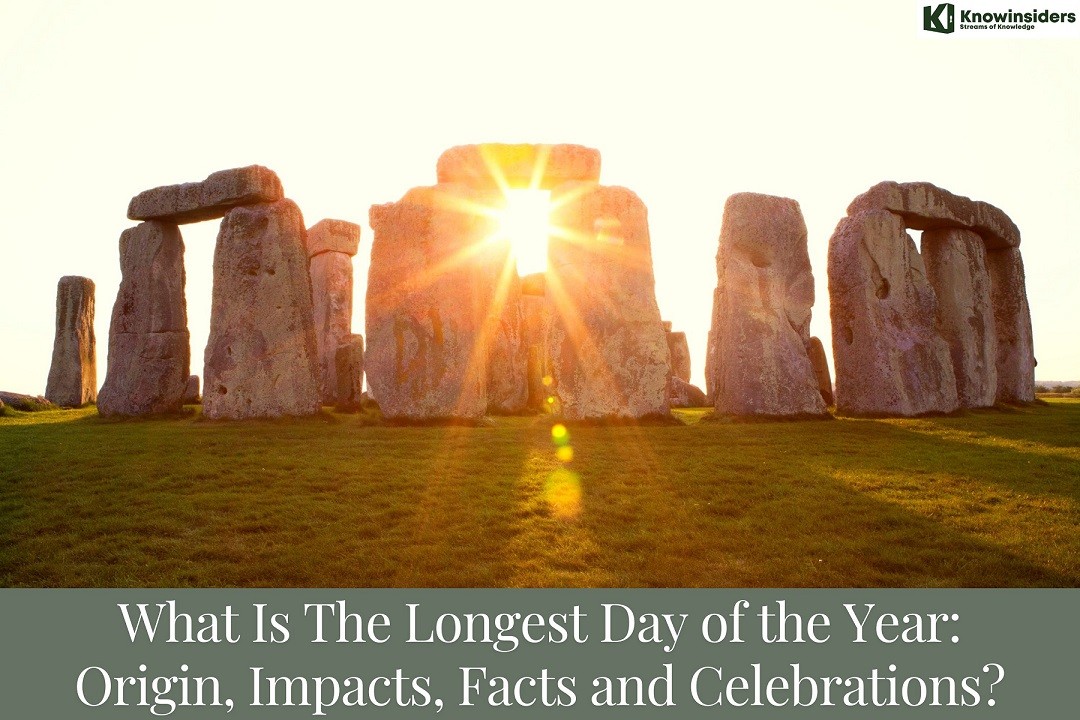 |
| What Is The Longest Day of the Year: Origin, Impacts, Facts and Celebrations? |
What Is The Longest Day of the Year?
The summer solstice, which marks the longest day of the year in the Northern Hemisphere, typically occurs between June 20th and June 22nd. The most common date for the summer solstice is June 21st. On this day, the Earth's North Pole is tilted closest to the Sun, resulting in the highest sun position over the Northern Hemisphere and the maximum number of daylight hours.
In the Southern Hemisphere, the summer solstice takes place around December 21st, where it marks the longest day of the year for that hemisphere. This is when the South Pole is tilted toward the Sun, creating the longest period of daylight for southern latitudes.
The summer solstice occurs when the Earth's tilt toward the sun is at its maximum, causing the sun to reach its highest point in the sky. This tilt results in the longest period of daylight of the year, officially heralding the start of summer. In the Southern Hemisphere, this event takes place in December, signaling the onset of summer there.
Special Cases in the Far North
In regions very far north, such as within the Arctic Circle, the summer solstice can lead to the phenomenon known as the "Midnight Sun," where the sun remains visible at midnight local time. These regions experience continuous daylight around the summer solstice.
What Is The Shortest Day of the Year?
The shortest day of the year, known as the winter solstice, occurs when one of the Earth's poles has its maximum tilt away from the Sun. In the Northern Hemisphere, this takes place around December 21st or 22nd each year. On this day, the Sun reaches its lowest altitude in the sky at noon and appears at its southernmost position in the sky for the year. This results in the fewest daylight hours of any day in the year for the Northern Hemisphere.
Conversely, in the Southern Hemisphere, the winter solstice occurs around June 20th or 21st, marking the shortest day of the year as the South Pole is tilted furthest from the Sun.
Key Points About the Winter Solstice:
Sun's Position: The Sun is directly over the Tropic of Capricorn, at about 23.4 degrees south of the equator.
Daylight: Due to the tilt of the Earth and the position of the Sun, regions in the Northern Hemisphere experience the least amount of daylight and the longest night of the year.
Cultural Significance: Historically, many cultures have held festivals and rituals around the winter solstice, often celebrating the concept of light prevailing over darkness, symbolizing rebirth and new beginnings as days start to lengthen after the solstice.
The winter solstice is a significant astronomical event, marking a turning point in the seasonal cycle and affecting various cultural observances around the world.
Why Is It Called a “Solstice?”
The term "solstice" comes from the Latin words "sol," meaning "sun," and "sistere," meaning "to stand still." This name reflects the observation that, during the solstices, the sun's path across the sky appears to pause and change direction. In the context of the yearly solar cycle, the sun reaches its highest or lowest point relative to the celestial equator on the solstices.
Why is Summer Solstice the Longest Day of The Year?
June 21 is often recognized as the longest day of the year in the Northern Hemisphere because it is around this date that the summer solstice occurs. The summer solstice happens when the Earth's axial tilt is closest to the sun, with the North Pole tilted directly towards it, resulting in the sun reaching its highest point in the sky.
Here’s a step-by-step explanation of why this happens:
♦ Axial Tilt: Earth is tilted on its axis by about 23.4 degrees relative to its orbit around the sun. This tilt is constant as the Earth orbits the sun.
♦ Maximum Tilt Toward the Sun: During the summer solstice, the Northern Hemisphere is tilted maximally towards the sun, leading to the sun appearing at its highest point in the sky at noon. This tilt also means that the sun's rays hit the Northern Hemisphere more directly.
♦ Path of the Sun: On this day, the sun follows its longest and highest path through the sky, resulting in the longest period of daylight for the year.
♦ Circle of Illumination: The circle of illumination, which divides the day from night on Earth's surface, is skewed such that it exposes more of the Northern Hemisphere to daylight during the summer solstice.
The actual date of the summer solstice can vary slightly due to the way years and leap years are structured in the Gregorian calendar. While it often falls on June 21, it can also occur on June 20 or June 22. This variance is due to Earth's slightly irregular orbit and the leap year cycle which attempts to align our calendar year with the astronomical year.
Read More: Top 10 Most Popular Summer Cultural Festivals In The US
How the Solstice Affects Daylight
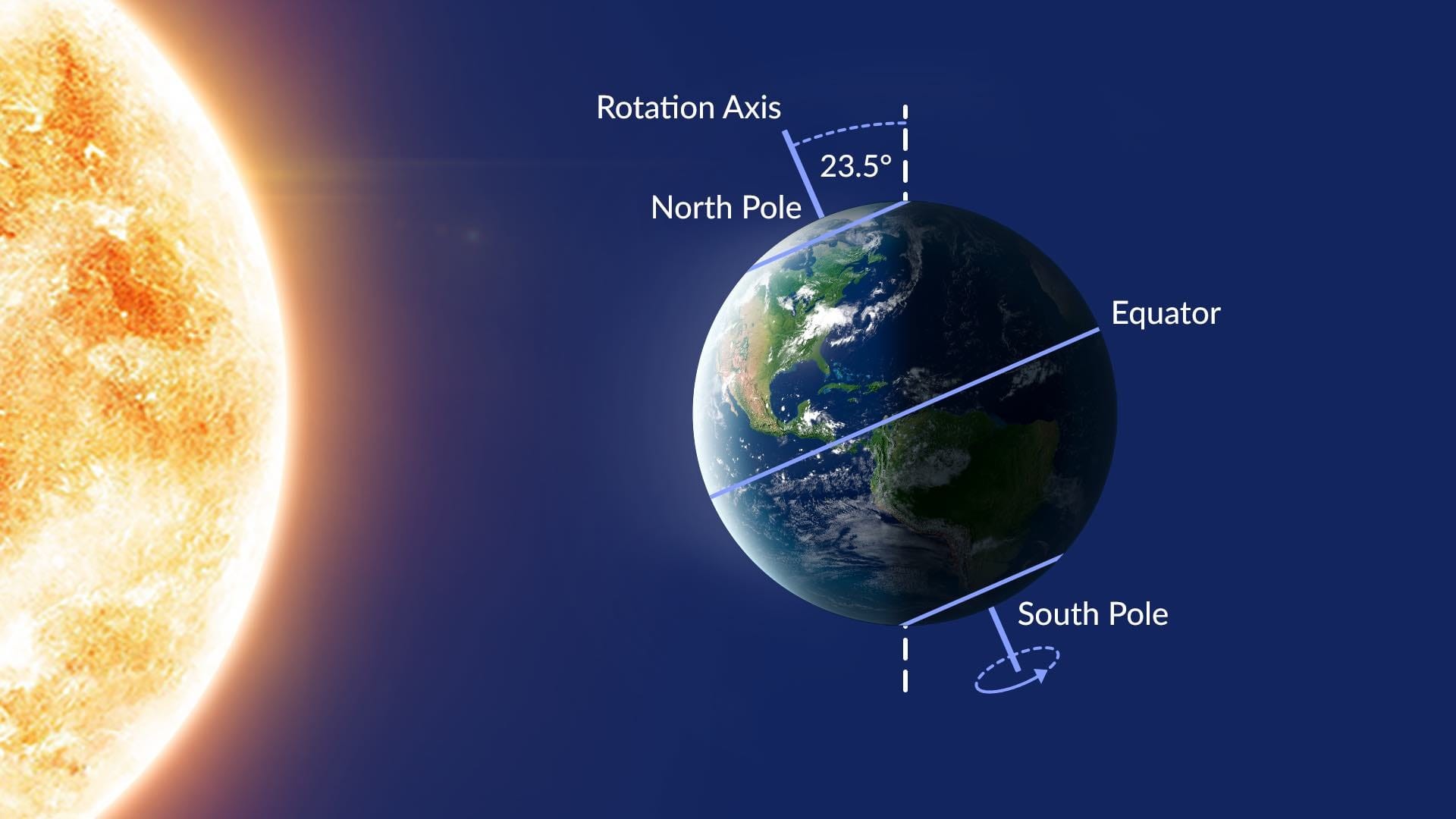 |
| Summer Solstice Daylight |
During the solstice, the North Pole is tilted approximately 23.4 degrees toward the sun. This tilt ensures that locations north of the equator experience more than twelve hours of daylight. The phenomenon is most pronounced in places farthest north, where regions inside the Arctic Circle experience the 'Midnight Sun,'—24 hours of continuous daylight.
How Many Hours of Daylight on The Summer Solstice?
The number of daylight hours on the summer solstice varies significantly depending on your geographic location, specifically how far north or south you are from the equator.
Near the Equator
Regions close to the equator experience about 12 hours of daylight throughout the year, including on the summer solstice.
Mid-Latitudes
In mid-latitude areas, such as much of the United States and Europe, the daylight on the summer solstice can range from approximately 14 to 16 hours.
Near the Arctic Circle
As you move closer to the Arctic Circle, the amount of daylight increases on the summer solstice. At the Arctic Circle itself, the sun does not set at all, resulting in 24 hours of daylight, a phenomenon known as the Midnight Sun.
At the Poles
At the poles, the sun remains above the horizon for 24 hours during the local summer months, including the day of the solstice.
For a more precise calculation of daylight hours on the summer solstice at a specific location, you would need to look at solar tables or use a sun position calculator that takes into account the observer's latitude.
Cultural Significance of The Summer Solstice
The summer solstice has held spiritual and cultural significance for millennia, influencing countless festivals and traditions. Ancient structures like Stonehenge in England and the Pyramid of Kukulcán in Mexico align with the solstice sun, underscoring its importance in various cultures.
Modern celebrations vary, with activities ranging from music festivals and bonfires to quiet reflection and nature walks. In Sweden and Finland, for example, Midsummer is celebrated with dances around the Maypole and public festivities that emphasize love and community.
Scientific Importance of The Summer Solstice
Astronomically, the solstice is a teaching moment about Earth's tilt and orbit. Educational programs often focus on explaining the science behind the changing seasons and the Earth-Sun relationship. This event also serves as a reminder of our planet's dynamic nature and the precision of its orbital path.
Environmental Impact of The Summer Solstice
The summer solstice is also a time to reflect on environmental issues. Longer days can mean more outdoor activities, but they also remind us of the need to protect our natural surroundings. Many environmental groups use the solstice as an opportunity to promote sustainable practices and raise awareness about the impacts of climate change.
Summer Solstice Celebrations on The World
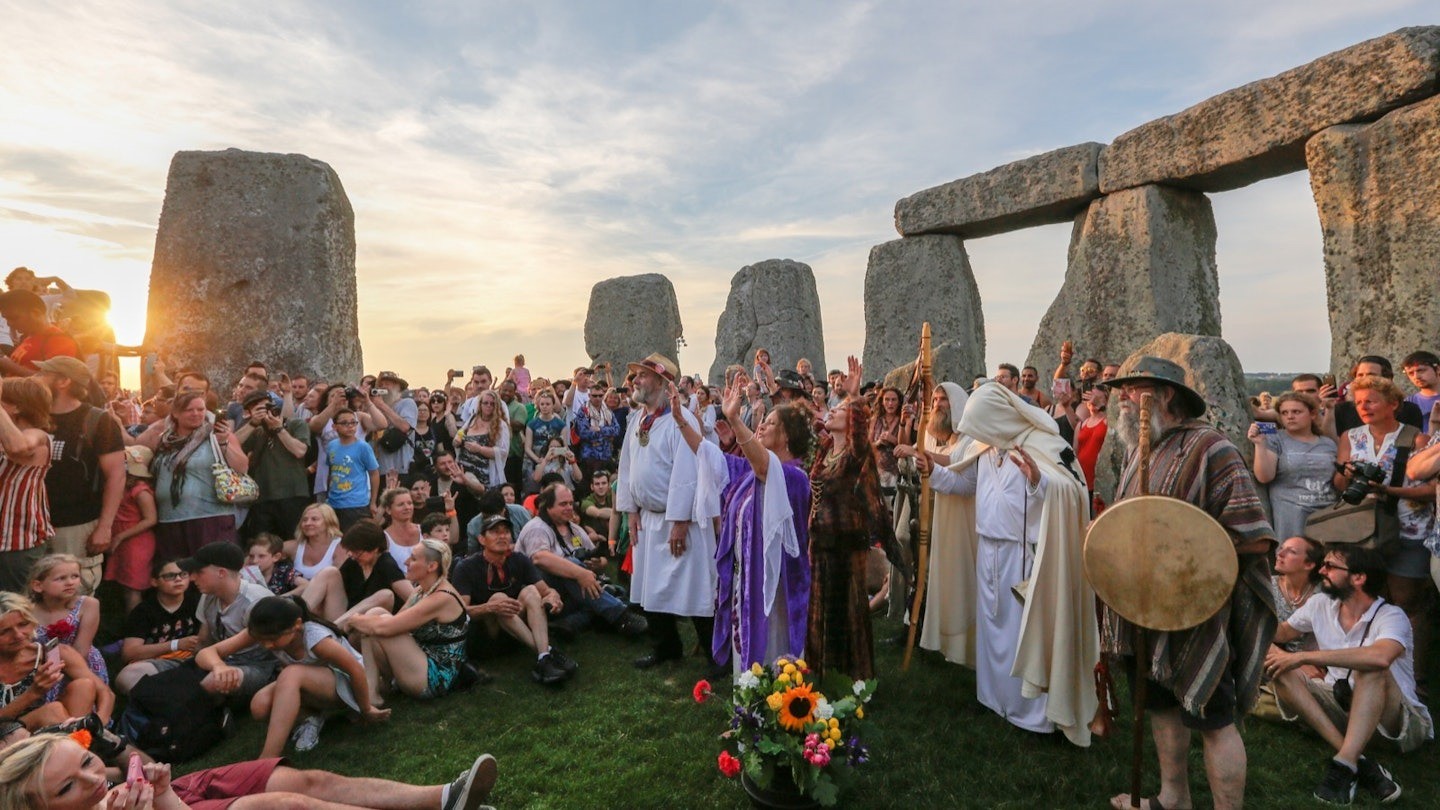 |
| Summer Solstice Celebrations |
The summer solstice, marking the longest day of the year in the Northern Hemisphere, is celebrated across various cultures with festivals, rituals, and events that honor the power of the sun and the abundance of summer. Here are some of the most notable summer solstice celebrations around the world:
1. Stonehenge, England
One of the most famous solstice celebrations occurs at Stonehenge, where thousands gather annually to see the sunrise align perfectly with the Heel Stone. The event draws a diverse crowd, including modern druids, pagans, and tourists, all of whom come to experience this ancient and mysterious alignment in the early morning light.
2. Midsummer, Scandinavia
In countries like Sweden, Finland, and Norway, Midsummer is a major festival. Celebrations include dancing around the maypole, singing traditional songs, and enjoying festive foods. Many wear flower wreaths on their heads and light bonfires to ward off evil spirits, embracing the light on the longest day.
3. Fête de la Musique, France
Also known as World Music Day, this festival started in France in 1982 and now occurs in many countries. Celebrated on June 21, the event features musicians performing on the streets, in concert halls, and other public spaces, free of charge, celebrating the solstice with music.
4. Inti Raymi, Peru
This ancient Inca festival, which means 'Festival of the Sun,' is reenacted in Cusco, Peru. It celebrates the Inca New Year and honors the Sun God, Inti. Originally a religious ceremony, the modern version is a theatrical production involving colorful costumes and elaborate performances.
5. Secret Solstice Festival, Iceland
Taking advantage of the almost 24-hour daylight, this music festival in Reykjavik features international and local music acts, cultural performances, and glacier parties, fully embracing the Midnight Sun.
6. Ivan Kupala Day, Slavic Countries
This traditional Slavic holiday combines ancient pagan and later Christian customs, celebrated with bonfires, jumping over fires, singing, and dancing. It is supposed to increase crop yield and keep away evil spirits. The festivities are particularly vibrant in countries like Russia, Ukraine, and Poland.
7. Alaska, USA
In places like Fairbanks, the Midnight Sun Festival takes advantage of the 24 hours of daylight with a street fair that includes live music, food vendors, and family-friendly activities, celebrating the sun’s endurance.
These celebrations not only mark the astronomical significance of the summer solstice but also enrich cultural identities, bringing communities together in appreciation of the sun’s warmth and light on the longest day of the year.
When is the summer solstice?In 2024, the summer solstice for the Northern Hemisphere will occur on June 20th. For 2025, it will take place on June 21st. These dates mark the official astronomical start of summer in the Northern Hemisphere, each representing the day with the longest period of daylight. |
Final Thoughts
As the longest day of the year approaches, whether it's spent in celebration or contemplation, the summer solstice remains a pivotal point in our calendar—a natural phenomenon that reconnects us with the rhythms of our planet.
 What Is RPX Movie: Features, Quality and Pricing? What Is RPX Movie: Features, Quality and Pricing? RPX is intended to improve the overall cinematic experience by offering superior picture quality, immersive sound, and comfortable seating. So, what is RPX, and how ... |
 What are the Largest Ethnic Groups in the US Today What are the Largest Ethnic Groups in the US Today The United States is a multicultural country with a history of attempts to monopolize privilege, power, and wealth for White people. Discover the races and ... |
 What is a Crop Top: History, Types and How to Style? What is a Crop Top: History, Types and How to Style? The crop top has not only been a fashion statement but has also played a significant role in movements related to body positivity and feminism. ... |


